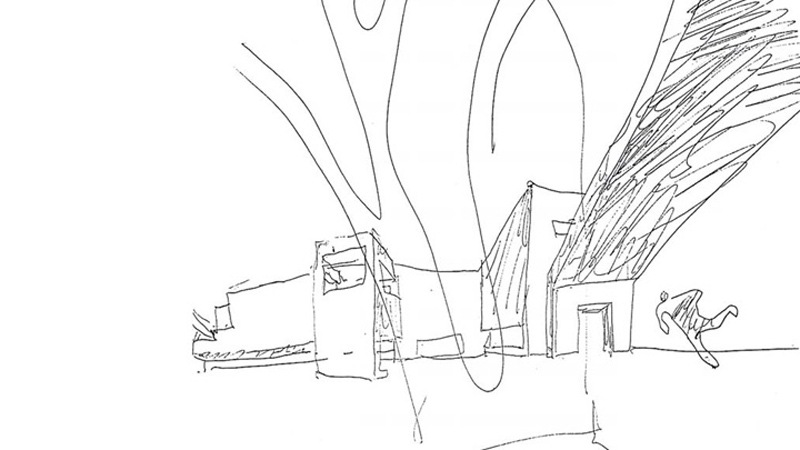Architects think about light a lot… it’s about creating the conditions for comfort and about the problem of energy consumption.”
Interviewed by Rodrigo Fadel

Is there an Álvaro Siza trademark, something that identifies your projects as an “Álvaro Siza project”?
For me the architectural expression of a project depends very much on where it's done. Doing a project by the sea is not the same as doing a project in the mountains. I’m a very conscious of the context in which I'm building, its history and geography.
Natural light and shadows are always present in your designs is that a conscious choice or mere chance?
Architects think about light a lot. Because it's not only a question of light. It’s also about creating the conditions for comfort and about the problem of energy consumption. When we design, we have to create the best conditions. In houses, there is a need for variation in light. You have to understand the relationship with the exterior, the protection of the exterior, having wide open spaces and having spaces almost in darkness to be restful and comfortable to look at.
The Alhambra, for example, is a palace where the system of light is particularly carefully thought out and alive, as there are parts burning in sunshine - rooms open to patios with lots of light and sunshine – and other rooms, further to the interior, in darkness. All of that is essential for creating a united community.
Indirect lighting features prominently in your designs. If this to create a sacred, mysterious atmosphere or are there other reasons?
It's fundamentally for comfort. Having a spotlight shining in your eyes – as you often find in museums, for example – stops you getting the best for you. Plus it's bad for the object on display in terms of conservation. For example, a drawing should be displayed in extremely low light. I often see them in exhibitions with spotlights pointing at them. So everything is a matter of clarity of space and also comfortable lighting.
